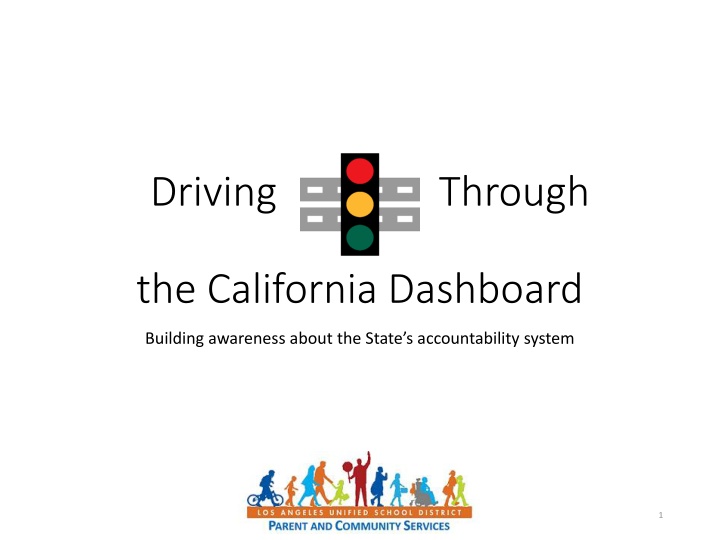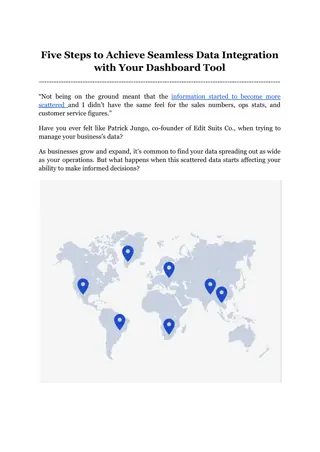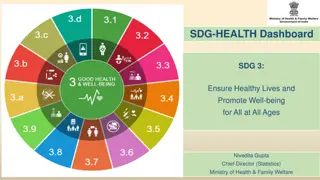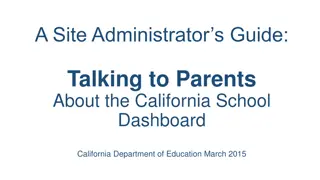
California's New State Accountability System
Learn about California's new state accountability system merging LCAP and ESSA, defining school performance with multiple measures, and supporting local decision-making for equitable education. Discover the purpose, metrics, and rollout timeline of this comprehensive system.
Download Presentation

Please find below an Image/Link to download the presentation.
The content on the website is provided AS IS for your information and personal use only. It may not be sold, licensed, or shared on other websites without obtaining consent from the author. If you encounter any issues during the download, it is possible that the publisher has removed the file from their server.
You are allowed to download the files provided on this website for personal or commercial use, subject to the condition that they are used lawfully. All files are the property of their respective owners.
The content on the website is provided AS IS for your information and personal use only. It may not be sold, licensed, or shared on other websites without obtaining consent from the author.
E N D
Presentation Transcript
Driving Through the California Dashboard Building awareness about the State s accountability system 1
Mom! 2
This presentation will answer the following questions regarding the new state accountability system: What is the Big Picture and purpose of the California Dashboard? What is it and when will it begin? What metrics will be used for accountability? How will results be reported? 3
Big Picture and Purpose In 2015, federal Every Student Succeeds Act (ESSA) replaced No Child Left Behind Act (NCLB), requires states to develop multiple measures accountability system In 2013, California adopted Local Control Funding Formula (LCFF) and required districts write Local Control and Accountability Plans (LCAP) addressing eight state priorities Beginning in 2017, California is merging state accountability (LCAP) and federal accountability (ESSA) into one system 4
Defining School Performance In the past, school performance was defined by a single score: API 650, for example Now, multiple measures will be considered in capturing a school s performance. Student Engagement Basic Services Student Achievement Parent Engagement School Climate Implementation of State Academic Standards Course Access California School 5
New State Accountability System More Than A Single Number Supports Local Decision-Making Equity A quality education is defined by more than a single test; therefore, the system is not reported as a single summative score. The system increases a focus on addressing disparities among student groups and captures the academic progress of all students. The system provides districts, schools and communities with more information to support the local strategic planning process. NOTE: This system will be rolled out over time, and there are no stakes for schools until schools are identified at the beginning of 2018-19. 6
Accountability System: What Is It and When Will It Begin? 2018-2019 2017-2019 Intervention and Support District and School Designations California provides guidance to districts and schools on how to provide intervention and assistance. 2016-2017 Districts will provide support and ensure that identified schools implement the required processes for improvement. Metrics Established California worked with the federal Department of Education to establish indicators of school performance. Designation criteria will be established by September of 2017. California will provide technical assistance to identified districts. Districts will be identified by the 17- 18 school year. The California Dashboard is shared with districts and schools (no stakes attached). Schools will be identified by the 18- 19 school year. 7
What Metrics Will Be Used for Accountability? Local - meaning districts in California determine the indicators of performance in the following areas: State meaning the following 6 indicators are determined by California, based on federal guidelines, and are the same from district to district: Basic conditions at a school Academic Progress in implementing the State standards (Common Core) English learner progress Graduation rate Parent engagement Suspension rate College and career readiness School climate Chronic absenteeism Only districts will be measured using these 4 indicators. 8
Local Indicators (for districts only, including affiliated charters) Basic conditions at a school currently reported on SARC each year Williams Requirements, e.g., instructional materials sufficiency, appropriate teacher assignments, clean and functional facilities Progress in implementing state standards to what extent has the district progressed in implementing the approved CA state standards Parent engagement seeking input from parents promoting the participation of parents School climate local climate survey at least every other year that provides a valid measure of perceptions of school safety and connectedness. Administered to students in at least one grade within the grade span(s) that the district serves. 9
State Indicators (for schools and districts) Academic Grades 3-8 scores on standardized tests, ELA and Math English learner progress Annual progress on the CELDT + reclassified English learners in prior year Graduation rate Four-year cohort graduation rate with the possibility of a five-year rate considered for 18- 19 Suspension rate in-school and out-of-school suspensions College & career readiness for graduates in 4-year cohort: Grade 11 Smarter Balanced Assessment scores, Advanced Placement and International Baccalaureate tests, A-G completion with C or above, dual enrollment, career pathway completion with C or above Chronic absenteeism Grades K-8, students attending 90% or less Note: Alternative schools and special education centers will operate under a separate accountability system that is still being designed. Dashboard results for these schools will not be available until Fall 2018. 10
Which Indicators Apply? SCHOOLS STATE PERFORMANCE INDICATORS LEAS TK-5 9-12 6-8 Chronic Absenteeism (for information only) X X X X Suspension Rate X X X X X English Learner X X X X X Graduation Rate X X X College & Career (Status only) X X X ELA Assessment X X X X Mathematics Assessment X X X X * Local Educational Agencies (LEAs) include County Offices of Education, School Districts and Charter Schools 11
Performance Levels for Local Indicators Districts are given guidelines for how to measure the local indicators. Performance will be measured as: Met Basic conditions Progress in implementing the State standards (Common Core) Not Met Parent engagement Not Met for Two for More Years School climate 13
Performance Levels for State Indicators Highest Academic English learner progress Graduation rate Suspension rate College and career readiness Chronic absenteeism Lowest Performance levels are calculated using percentiles that combine Status and Change using a five-by-five colored table that produced 25 results represented by five colors. Status where we re at right now Change how much we improved, declined or if we ve stayed the same 14
Status and Change Sample (3 yr. average) (3 yr. average) 2015 Grad Rate (status): 89% N/A 3 yr. average rate: 91% Difference between 2015 and 3 yr. average: -2 Gray = NA 15
School Accountability and Identification California will create reports for all schools across multiple measures. Based on the results, some schools will be identified for intervention in two categories: Comprehensive Support and Intervention (overall low achievement) Targeted Support and Intervention (achievement gaps) Exactly how the school will be identified, what interventions will be required, and how schools will demonstrate improvement will be determined before the 2018-2019 school year. 19
Where Will the Reports Be Available? https://www.caschooldashboard.org/ Need more information? http://www.cde.ca.gov/ta/ac/cm/ 20
Questions? 21






















